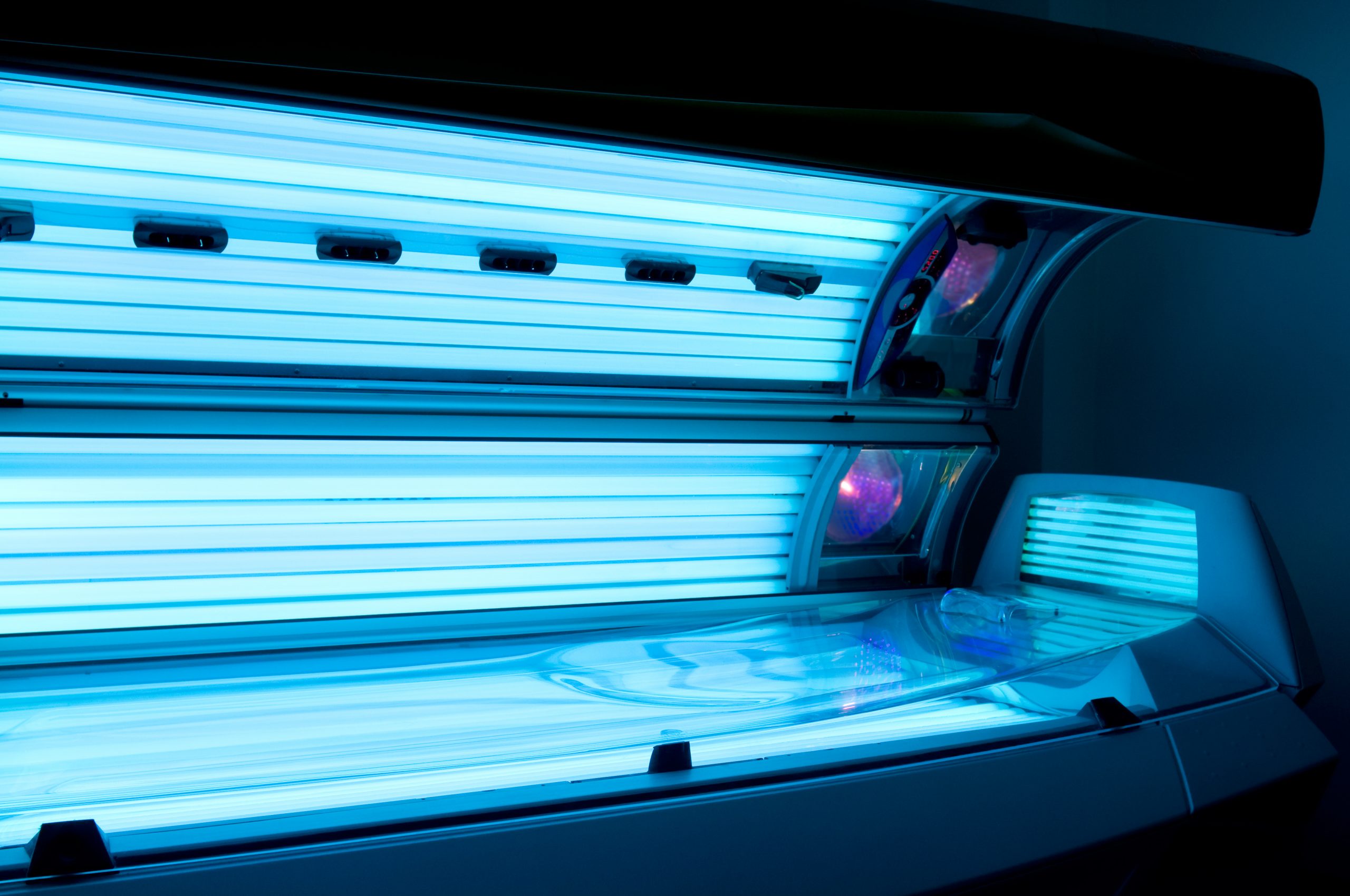Despite emerging information exposing the risks associated with indoor tanning, the practice is still wildly popular. Science shows that tanning beds drastically increase the risk of developing various skin cancers. However, tanning proponents are often heard saying that the practice is safe and even carries health benefits. Indoor tanning is so surrounded by conflicting information that it can be hard to know what to believe.
Turning a blind eye to scientific revelations condemning tanning can be tempting. But studies show that just one session in a tanning bed dramatically increases your chances of developing life-threatening cancers and skin damage. The risks are so high that some states have imposed restrictions on the use of tanning beds.
Wanting to keep a year-round summer glow is understandable, but research shows that tanning beds do more harm than good. Luckily, there are plenty of safer, better options that exist for those looking to stay bronzed throughout the year.
Do Tanning Beds Cause Skin Cancer?
Indoor tanning beds are linked to basal cell carcinoma, squamous cell carcinoma, and melanoma, the most dangerous type of skin cancer. Just one indoor tanning session increases a person’s risk of developing cancer before age 35 by 75 percent.
Contrary to claims touted by indoor tanning companies, tanning beds are not safer than tanning with the sun. The bitter truth is that any UVA or UVB rays can damage the skin and lead to melanoma and other skin cancers, so both options are unsafe.
In fact, tanning indoors might offer fewer benefits than tanning naturally with the sun. Avid tanners often claim that tanning beds help our bodies produce vitamin D in the same manner as the sun. However, there is no scientific evidence to bolster this claim.
Tanning also damages your skin’s DNA. Every time you tan or burn, your risk of developing skin cancers increases dramatically.
Unfortunately, tanning salons are known to downplay the severity of risks associated with indoor tanning. An investigation conducted by the U.S. House of Representatives Committee on Energy and Commerce found that 90% of tanning salon staff said indoor tanning was not a health risk for fair-skinned teenage girls. Four out of five salons falsely suggested that indoor tanning carries health benefits.
These false claims ultimately jeopardize the health and safety of trusting tanning customers and undermine scientific research aimed at protecting them.
How Safe are Tanning Beds for Your Skin?
Everyone is at risk for skin cancers and skin damage when using a tanning bed. However, fair-skinned people are at an increased risk, as they tend to burn more quickly than those with darker skin. Younger people with more delicate skin are also at an increased risk. Some states now prohibit people under 18 years of age from using tanning beds.

Much like tanning in the sun, spending too much time in tanning beds can lead to accelerated signs of aging, including wrinkles, age spots, and sagging skin. Artificial tanning can also cause the skin to look leathery. If you wish to avoid this, stay away from tanning beds and always wear sunscreen when in direct sunlight.
In addition to skin cancer and signs of aging, tanning beds can cause other serious injuries. In severe cases, tanning beds can cause burns, loss of consciousness, and eye injuries. Therefore, if you decide to use a tanning bed, be sure to take the proper precautions and always wear fitted goggles when using a tanning bed.
How Often and For How Long Can I Use Tanning Beds?
Simply put, it’s best to avoid tanning beds at all costs. Tanning beds carry such a high risk that the U.S. Food and Drug Administration now requires warning labels on indoor tanning equipment.
If you really can’t shake the habit, it’s important to limit usage and take the following precautions to mitigate risk:
- Always wear fitted goggles over your eyes
- Follow the device maker’s recommended exposure time for your skin type
- Start with short exposure times and use a lower intensity setting to avoid severe burns
- Try not to use the device more than once a week.
People in the following categories should avoid tanning beds altogether:
- People under 18
- People with fair or freckly skin that burns easily
- People with a lot of moles (UV rays can cause moles to turn cancerous)
- People who have had skin cancer or have a family history of skin cancer
- People who use medications that increase their sensitivity to UV rays
While the gratification and results that tanning beds offer are tempting, the long-term risks and side effects are not worth it. Topical self-tanners such as lotions and mousses are a much safer alternative.
Topical self-tanners are quick and easy to use, and affordable options are available. Some self-tanners are even formulated with skin-nourishing ingredients to help improve skin’s appearance over time. It may sound tedious, but opting for topical self-tanners rather than tanning beds or direct sunlight is your best bet to prevent skin cancer and fight signs of aging.
If you have been using tanning beds for a while and are worried about what it could be doing to your skin. Call us & set up a full-body skin exam. We can identify and treat any areas of concern.

